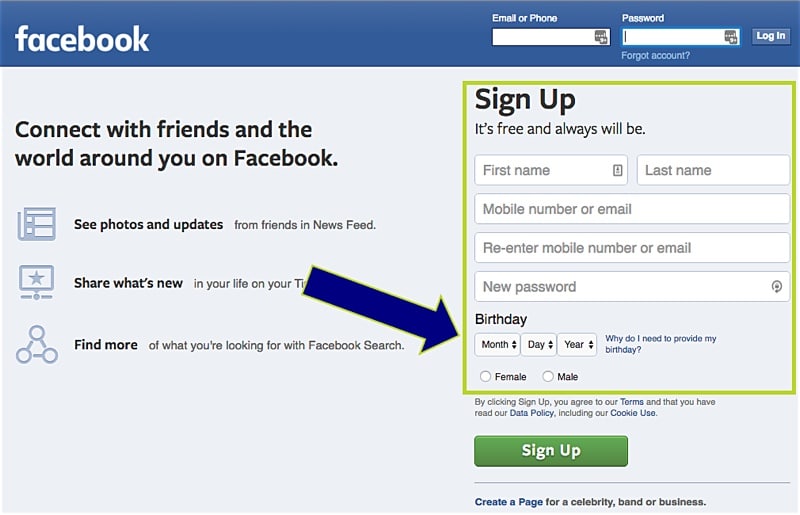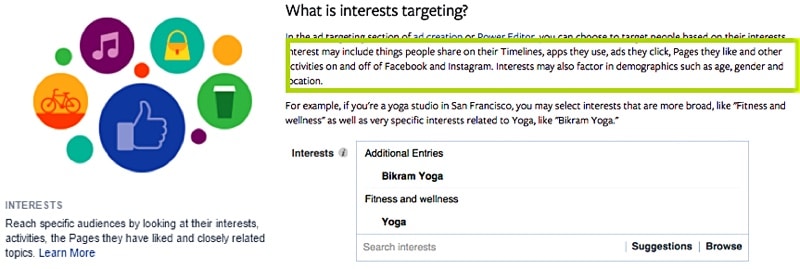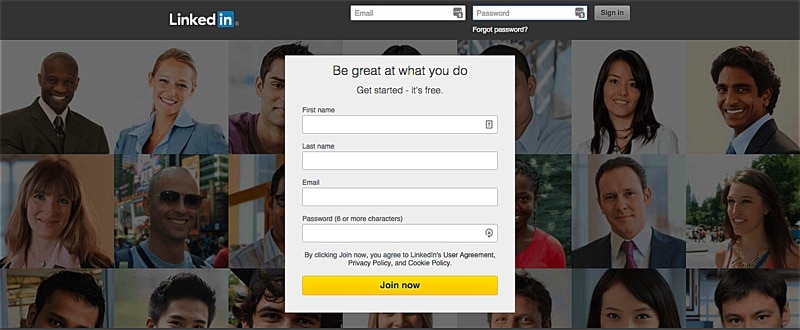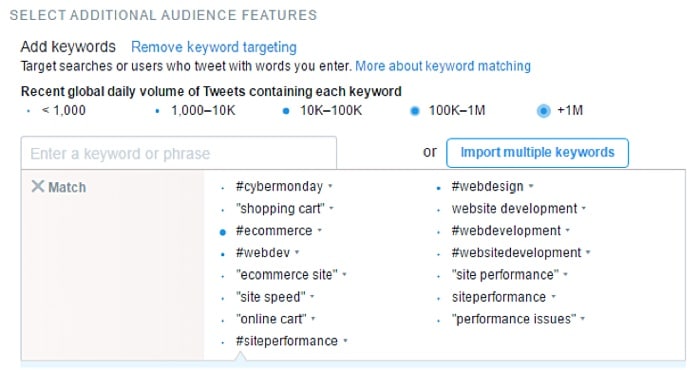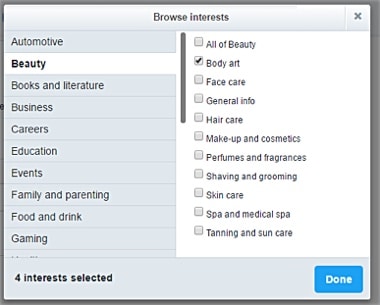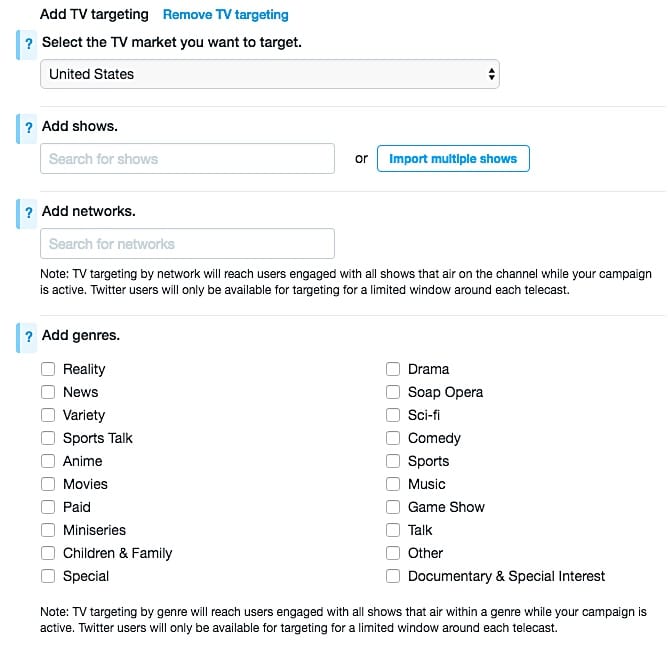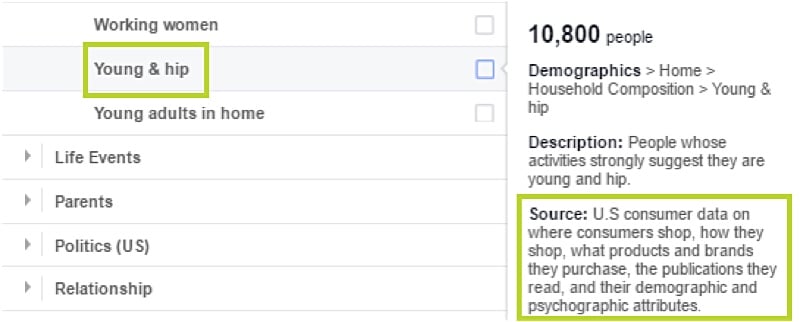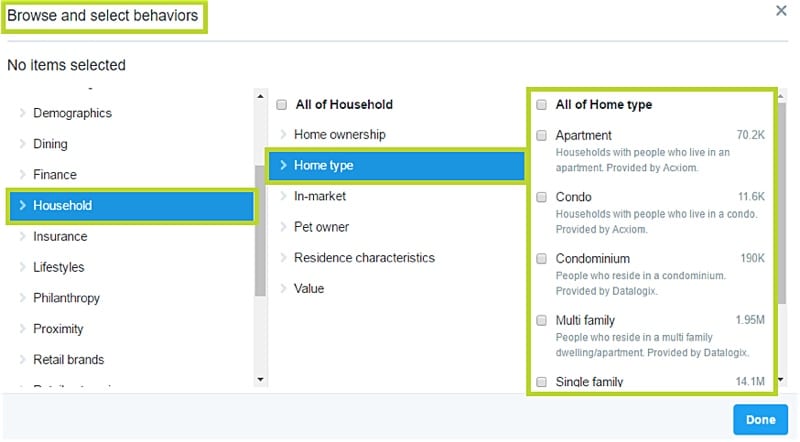If knowledge is power, then Facebook, Twitter and LinkedIn are basically Power Rangers. These social media superheros mightily morph marketing minds with intuitive audience insights, hyper-focused targeting options and ever-evolving layers of data.
How do they know so much about their vast network of users? By mastering declared, inferred and third-party data. When properly combined, different types of layered data equip social media platforms with an ability to offer precise, custom ad targeting. By exploring foundational elements of each type of data, social media marketers may better understand audience targeting basics and adjust levels of audience confidence, with source and potential application in mind.
What is Declared Data
Declared data is first-person information, directly supplied by its source. In terms of social
Wise marketers may benefit from knowing when data is declared, particularly when budgets are tight and verified audience targeting is required. Advocates promoting age- or gender-specific products may find it necessary to advertise on networks which require new users to declare age and gender. Knowing which networks utilize declared data could be the difference between an efficient and less-than-optimal campaign foundation.
Where Declared Data is Found

Declared Data – Facebook
Facebook uses two forms of declared data. First, Facebook requires new subscribers to declare birthdate and gender. Upon registration, Facebook requests a myriad of information from users for their profile such as:
- Languages they speak
- Relationship status
- Where they work
- What college(s) they went to
- What religion they subscribe to
- Their political views
- Who inspires them
- What music they like
- Their favorite books
- Favorite movies
- Favorite television shows
- What games they play
- What sports they participate in
- Their favorite sports teams
- Their favorite athletes
- What they’re interested in
- What activities they like to do
- Neighborhoods
- College residence halls
Second, Facebook values additional post-registration “declared” data by listening 24/7. Â Ever tag a favorite band in a post? Or shared something relating to a particular topic? Or maybe, just maybe, “liked” a favorite television show? All are instances where Facebook utilizes declared aspects of users’ personality to transform information into audience targeting options.
To creatively craft audiences with declared data, explore “Detailed Targeting” options at the ad set level. Here, inquisitive marketers may begin to comprehend the power and scope of Facebook’s ever-present eyes and ears. When looking at “interests”, one finds several products of post-registration declared data, as potential selections are based on “things people share on their timelines… (and) pages they like”. From broad categories like Family/Relationship to distinct differentiators such as whether or not individuals have declared a love for beer, wine or a distilled beverage, filtering by interest offers a wide range of craftability. “Demographics” also allow advertisers to utilize declared data, with selections ranging from Job Title and Generation to Life Events and Education Level.
Declared Data – Twitter
Twitter requires very little declared information at 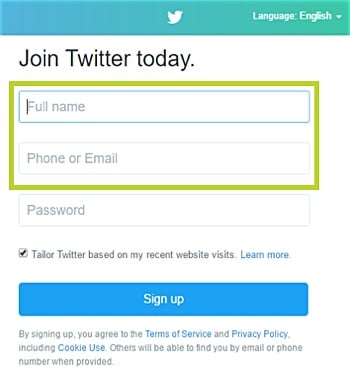
Declared Data – LinkedIn
LinkedIn masters post-registration declared information. While network newbies aren’t required to provide personally-identifiable information like birthdays or gender to gain access, once admitted, they are prompted to fill out profile information like their vocational lives depend on it. And in a way, it may! In theory, the sooner a user declares educational networks, work experience, skills & endorsements, and groups, the more robust a profile he/she has and the sooner he/she is able to ascend a proverbial career ladder. LinkedIn advertisers are able to capitalize on declared data by creating audiences based on job title, company, and/or skill set.
Targeting With Declared Data
By incorporating declared information into audience targeting, social networks are able to establish foundations of user identification, before layering on inferred and third-party information. Due to the first-person, verified nature of declared data, advertisers may feel confident when targeting by age and gender in Facebook and groups, schools, job titles, and skill set in LinkedIn. Additional confidence can be placed in targeting audiences with post-registration declared data, like interests in Facebook and Keywords in Twitter.
Inferred Data
What is Inferred Data
Inferred data is information pertaining to a user, assigned to him/her based on observed activities and behaviors. While never explicitly stated, inferred information is generated from networks carefully and constantly watching members, making logical assumptions and projecting probable user traits.
Where Inferred Data is Found:
Inferred Data – Facebook

Inferred Data – Twitter
Twitter infers quite a bit — and needs to — with nothing but name and phone number or email address required at registration. Similar to LinkedIn, Twitter infers gender “from information (their) users share as they use Twitter, including their profile names”. Audience targeting by Interest, includes inferred options ranging from Automotive to Education and Beauty to Books and Literature.
Another targeting option Twitter offers, thanks in part to inferred data, is TV targeting.
By using a predictive algorithm and looking at user tweets, Twitter creates an audience interested in a particular television show, network, or genre. Social advertisers can then serve ads to a select audience on either a continual basis or during a specific time period, when a show is airing new episodes and engagement is at its theoretical highest.
Inferred Data – LinkedIn
LinkedIn infers when creating several aspects of audience targeting — and needs to — as it opts to require little declared information during new user sign-up. Using post-registration declared information, LinkedIn infers audience targeting options like Age from a member’s graduation year, Gender from the member’s first name, (additional) Skills from declared skills, and Job Function & Seniority from the member’s declared job title. Advertisers may find Job Seniority a fantastic targeting option, which offers an opportunity to serve ads to a decision-making, purchasing powerhouse audience, like few targeting features on other networks do.
Targeting with Inferred DataÂ
By carefully observing and inferring from audience activity, Facebook, LinkedIn and Twitter are able to build deep libraries of targeting options. Marketing based on inferred data allows advertisers an opportunity to focus on individuals whose actions signal potential product interest and intent, even if users haven’t or wouldn’t say so themselves. Maven marketers may monetize platforms’ ever-watchful eye by identifying detailed audiences via interest, behavior, or demographic layering and by using unique, powerful creative. By utilizing network members’ past activity to capitalize on future behavior, social media advertisers may craft and get in front of their target audience like never before.
Third-Party Data
What is Third-party Data
Third-party data is information from external data providers, obtained from a vast array of sources. List manufacturers may pull from public records (census), polls/surveys, registration data (vehicles, etc.), and/or transactional data (credit cards, loyalty cards, etc.) to offer social media platforms a wider variety of audience layering options than they would otherwise have.
Where Third-party Data is Found
Third-party Data – Facebook
Facebook has been incorporating third-party data into audience targeting since 2013 when it began purchasing offline consumer information from Datalogix, Acxiom, Epsilon, and BlueKai. Explore audience targeting options in Facebook to get an idea of third-party scope (it’s massive). Layering audience attributes with “Behaviors” and “Demographics” gives advertisers an ability to customize an audience with unique, specific segments. Let’s take a look at a few examples along with reported source:
- Net Worth = $1,000,000 – $2,000,000: “Modeled based on age, income, presence of children, property data, vehicle data, investment interest and census median data., provided by Acxiom.“
- Home Type: “Survey data, Public data, Magazine Subscriptions, provided by Acxiom“
- Used Motorcycle Purchasers: “Multi-sourced, US consumer household information from IHS Automotive (Polk) that draws from geographic, demographic, and area-level vehicle characteristics validated using actual vehicle registration data.“
- Charitable Donors – Cancer Causes: “Model built from a combination of offline self-reported data and online survey panels.“
Facebook offers advertisers multiple opportunities to get granular when selecting whom to target. A few segments take third-party data to the next level by inferring from it. For example, a few hybrid options found in “Demographics” include:
- Office Type – Small Business: “Individuals with spend behaviors that indicate they are likely a small business“, Source: “MasterCard – anonymous, aggregated transaction data.“
- New Parents: “People whose activities strongly suggest they are new parents” Source: “US consumer data on where consumers shop, how they shop, what products and brands they purchase, the publications they read, and their demographic and psychographic attributes.“
- Young & Hip: “People whose activities strongly suggest they are young and hip” Source: “US consumer data on where consumers shop, how they shop, what products and brands they purchase, the publications they read, and their demographic and psychographic attributes.“
Third-party Data – Twitter
Since 2015, Twitter has offered its third-party data-driven “partner audiences”, which can be found via “behaviors” targeting. Partner audiences offer advertisers a variety of pre-segmented audiences, created by Datalogix and Acxiom, ranging from Purchase History (like Music Device Buyers: “Households with people who have a strong interest in music or higher end stereos. Provided by Acxiom.“) to Home Type (like “People who reside in a condominium. Provided by Datalogix.“).
Third-party Data – LinkedIn
LinkedIn does not have third-party data for targeting purposes… currently.
Targeting with Third-Party Data

- Declared: Age, Gender, additional profile information like education, company, and job title if supplied, and some “Demographic” and “Interest” targeting (based on post-registration declarations)
- Inferred: Some “Behavior” and “Demographic” targeting
- Third-Party: “Behavior” and “Demographic” targeting
- A high level of confidence may be placed in age and gender targeting, as Facebook uniquely requires new users to declare said information.
With a widespread, unique, and fairly even combination of all types of data, Facebook proves a worthy vehicle for audience targeting.
- Declared: Keywords (based on post-registration declarations)
- Inferred: Gender, Age, Interests, TV targeting
- Third-Party: “Behavior” targeting
- A leap of faith is required when creating audiences in Twitter, as it infers almost everything.
Unique offerings like TV and (declared, social-intent signals) keyword targeting may very well be risk-worthy, but practical assessment is still recommended.
- Declared: Job Title, Company, Skill Set (based on post-registration declarations), Groups
- Inferred: Age, Gender, Skills, Job Function, Job Seniority
- Third-Party: None 👎🏻 …yet!
- A high degree confidence may be placed in targeting by job title, company, and skill set on LinkedIn, especially when compared to Facebook, as network setting, transparent atmosphere, and real-world professional connections tend to enforce resume-like honesty.
While typically higher costs per engagement may scare advertisers, LinkedIn’s professional approach and vocationally-granular audience targeting, may be exceedingly relevant when debating the advertising platform’s merit.
With lines between declared, inferred and third-party data constantly evolving and perhaps appearing blurry at times, identifying differentiators becomes paramount. Align channel peaks and pitfalls, real-world audience personas, and distinct data differences with overall marketing strategy to create a unified, advantageous approach which utilizes audience knowledge and emphasizes targeting imagination. As Albert Einstein once said. “Imagination is more important than knowledge. Knowledge is limited. Imagination encircles the world.“
Happy targeting!

